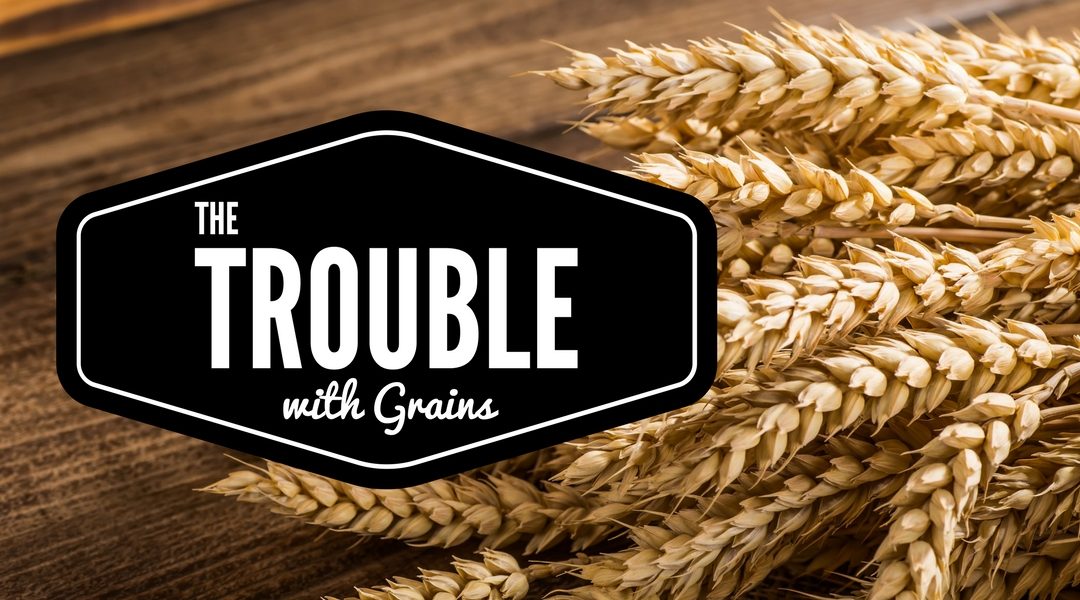Banishing the #1 Challenge to Administrative Review Compliance
Are you stressing over your upcoming administrative review? As a multi-state reviewer over the past 5 years, I’ve looked at hundreds of menus across the United States and they all seem to have one thing in common. They struggle with the grain component.
Making sense of the daily, weekly and whole grain-rich requirement over the past few years has caused many a headache. Now that non-whole grain-rich items no longer contribute towards the daily or weekly grain component, serving that one enriched product can ruin grain compliance.
Misleading labels
Frequently a label will claim “made with whole grains” or have the whole grain stamp on it. This may lead you to believe that it qualifies as whole grain-rich under school nutrition programs. However, you must look further to the ingredient statement of the product. If the primary ingredient isn’t whole wheat, whole grain, whole corn or brown rice, then chances are it isn’t going to qualify.
What you can do
- Always check your labels! Keep the manufacturer nutrition labels on file for all the products you serve.
- Read the ingredient list. Often the labels from your vendor are not sufficient documentation for a review.
- Determine whether your product has a CN label or formulation sheet available that is current from the last 2 years. Some older labels will claim grain credit back when it was okay to serve enriched products.
- Ensure that you plan for at least the minimum ounce equivalents of whole grain-rich products to meet daily and weekly requirements. After those requirements are met, you can still serve your favorite enriched products as they will just be counted as extra.
- If you face poor student acceptance to these products, remember that in order to qualify as whole grain-rich, only 50% of the grains in the product have to be whole grain. This means you can make mixed dishes of whole grain and enriched flours for better taste acceptance. Try mixing brown and white rice together or making dinner rolls from scratch that only contain half whole-wheat flour.
Tips
- Use global ingredients in Health-e Pro’s manufacturer marketplace. These items are updated frequently to contain the latest information.
- Check annually to make sure product numbers haven’t changed on commonly used items. If they have changed, update your database or files to make sure crediting and nutrients haven’t changed.
- Visit the USDA’s website section for a Healthier School Day, Tools for Schools: Serving Whole Grain-Rich. This section has some great resources and ideas to help with this requirement. https://www.fns.usda.gov/healthierschoolday/tools-schools-whole-grain

